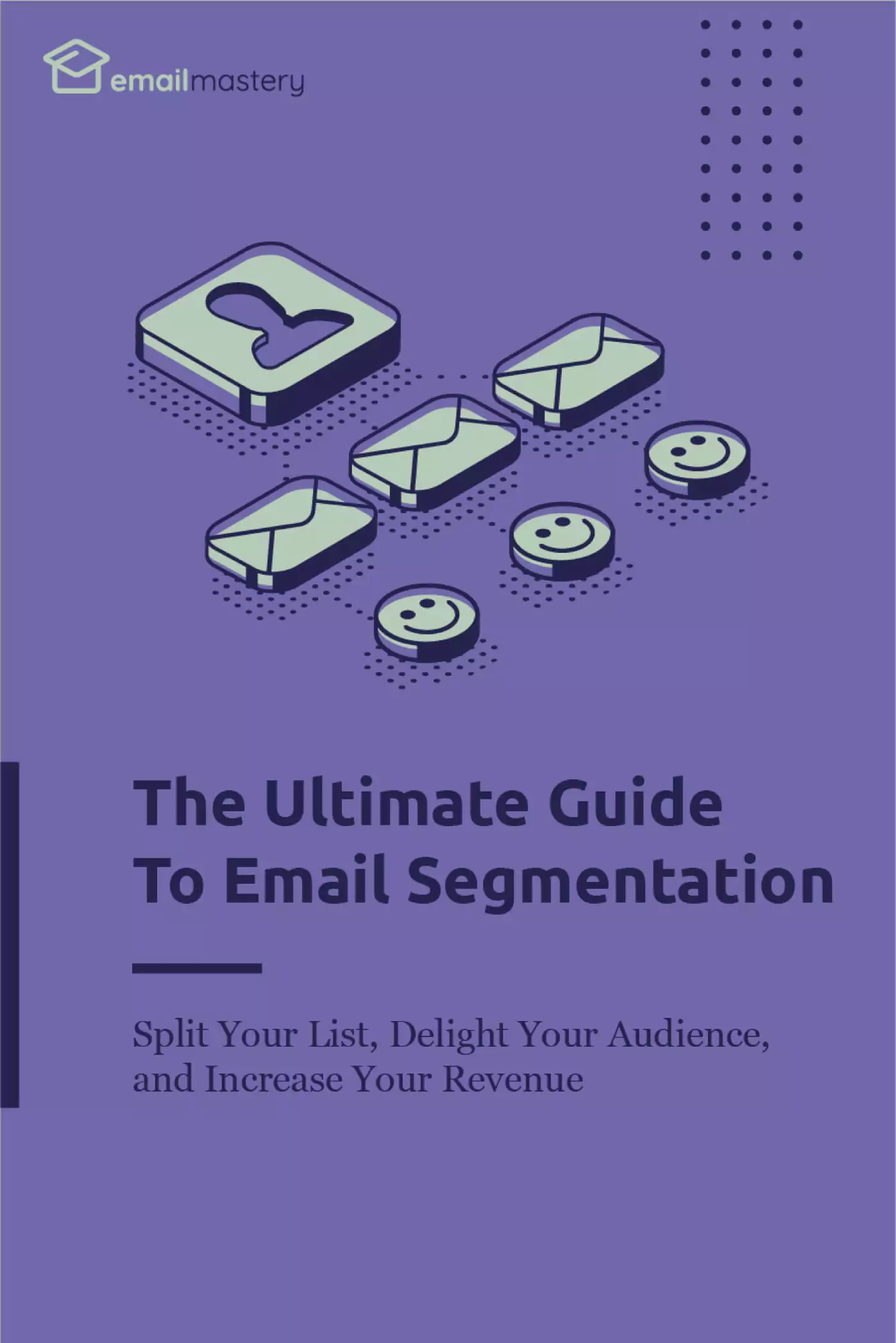
Introduction
3, 2, 1, launch!
Your audience receives one of your email campaigns. Like all emails you send, you painstakingly wrote, read, and re-wrote every word of copy within that email.
You did everything you could to optimize the subject line, CTA, image, and design.
Then, at some point, you hit send and hoped for the best.
What happens next?
Well, each subscriber on your list checks their inbox and sees your email among a flood of other emails they received within the last few hours.
Within moments, and usually by only looking at your subject line, they decide whether they’re going to open it. Those who do then have to decide whether they’re going to click.
Some do. Some don’t.
Naturally, though, you want to increase the percentage of people that do engage with your emails — that open, click, and enjoy every message that you send. You also want to decrease the number of disengaged subscribers on your email list.
The answer?
Email segmentation.
According to research by eMarketer, 39% of online marketers in North America said that email segmentation can increase open rates, 28% mentioned lower unsubscribe rates, and 24% vouched for an increase in revenue.

This study is from quite a while ago (2010) but it illustrates an important point: email segmentation improves the relationship between you and your subscribers which, in turn, improves your email marketing metrics. And it does so for one simple reason: all of your subscribers are different, even within your niche market.
For example, if you own an athletic clothing ecommerce store, then sure, all of the people on your list are probably interested in athletic clothing. But that doesn’t mean each subscriber is at the same place in their buying journey or in their relationship with your brand.
Some subscribers trust you and your products completely, others still need convincing. Some subscribers will only buy when you offer a discount, others prefer to buy at full price. Some subscribers want to buy right now, others need a little time.
Every subscriber on your list has slightly different interests, slightly different problems they need solved, and slightly different email communication preferences.
Rather than shotgun blasting your entire email list with the same content at the same time, segmentation allows you to give each subscriber what they want, when they want it.
And doing that naturally increases email engagement, brand trust, and even business revenue.
